Table of Content
What is TensorFlow?
TensorFlow is an open-source machine learning framework developed by Google. It provides a comprehensive ecosystem of tools, libraries, and community resources that facilitate developing and deploying machine learning and deep learning models.
TensorFlow is known for its flexibility, scalability, and extensive support for deep learning algorithms. It allows developers to build and train various machine learning models, from simple linear regressions to complex deep neural networks, using high-level APIs for ease of use or lower-level APIs for more flexibility and control.
TensorFlow represents computations as data flow graphs. These graphs have nodes that perform mathematical operations and edges that connect the data (tensors) between those operations. This allows for flexible model building.
TensorFlow can run on CPUs, GPUs, and TPUs, allowing you to choose the hardware that best suits your needs. The code you write is portable across these platforms.
TensorFlow’s open-source nature allows anyone to contribute to its development and benefit from the work of others.
TensorFlow Framework
TensorFlow can accurately be described as a library, framework, or platform. It all depends on how you use it and the specific functionalities you’re referring to.
At its core, TensorFlow provides a collection of tools and functions for building and training machine learning models. This makes it a powerful library for data manipulation, neural network creation, and model optimization.
TensorFlow goes beyond a simple library by offering a more structured approach. It includes high-level APIs like Keras to simplify model building and workflow tools like TensorBoard for visualization. It also offers a broader ecosystem with tools for deploying models (TensorFlow Serving) and running them on mobile devices (TensorFlow Lite) as a platform that works from development to deployment–supporting the entire machine learning workflow.
Key Features and Components of TensorFlow
- Core API: Provides the fundamental building blocks for defining, training, and deploying ml models. It includes low-level operations for defining neural network layers, loss functions, and optimizers.
- Keras API: Keras is a high-level API integrated into TensorFlow that simplifies the creation and training of neural networks. Its user-friendly Pythonic interface allows for quick prototyping and easier model building.
- TensorFlow Extended (TFX): A production-ready platform for deploying machine learning workflows (MLOPs pipelines). TFX includes tools for data validation, model analysis, and serving models in production environments.
- TensorFlow Lite: A set of tools for deploying TensorFlow models on mobile and embedded devices. TensorFlow Lite is optimized for performance in low-resource environments, making it suitable for edge computing applications.
- TensorFlow.js: A library for running TensorFlow models in the browser or Node.js. TensorFlow.js enables machine learning models in web applications without needing a backend server.
- TensorFlow Hub: A repository of pre-trained models that can be easily reused and fine-tuned for specific tasks. TensorFlow Hub helps accelerate development by providing access to a wide range of models for various use cases.
- TensorFlow Model Garden: A collection of state-of-the-art, pre-trained models and research code provided by the TensorFlow community. It includes models for tasks such as image classification, object detection, and natural language processing.
- TensorFlow Serving: A system for serving machine learning models in production environments. TensorFlow Serving is designed for high performance and flexibility, enabling simultaneous deployment of multiple models and versions.
- TensorBoard: A visualization toolkit for monitoring and debugging machine learning experiments. TensorBoard provides visualizations for metrics such as loss and accuracy and tools for inspecting the structure of neural networks.
TensorFlow Models
TensorFlow is widely used for machine learning tasks, offering numerous models optimized for web and mobile platforms. These models are designed to provide efficient performance and scalability while supporting various applications, including image classification, face recognition, text classification, and image segmentation.
- Image Classification: Models are trained to categorize images into predefined classes based on the visual content. They use convolutional neural networks (CNNs) that automatically extract and learn the most important features for classification.
- Face Recognition: Face recognition involves training models on a dataset of face images, where the model learns to identify distinguishing features of faces. It can be used for verification (one-to-one matching) and identification (one-to-many matching).
- Text Classification: Models analyze text data to categorize it into predefined classes. Techniques like word embedding convert text into numerical data that can be processed by neural networks.
- Image Segmentation: These models partition an image into multiple segments, representing a different object or region. This is typically achieved using architectures like U-Net or Fully Convolutional Networks, which learn to label each image pixel with a class representing what is depicted.
How TensorFlow Works?
TensorFlow works by providing a flexible and efficient framework for building and deploying machine learning models. It operates on a computation graph-based architecture, where operations are represented as nodes in a graph, and the edges between them represent the data (tensors) flowing through the graph. Here’s a step-by-step explanation of how TensorFlow works:
1. Define the Computation Graph:
- In TensorFlow, you start by defining a computation graph. This graph represents your machine learning model and the mathematical operations it performs.
- Each node in the graph represents a mathematical operation (e.g., addition, multiplication, matrix multiplication), and each edge represents the data (tensors) flowing between these operations.
2. Build the Model:
- You define the structure of your model using TensorFlow’s high-level or low-level APIs. For example, you can use the Keras API to create layers of a neural network, specifying the type and number of layers, activation functions, and other parameters.
- TensorFlow provides various predefined layers and functions to simplify this process.
3. Specify Loss Function and Optimizer:
- You need to define a loss function that measures the model’s performance. The loss function calculates the difference between the model’s predictions and the actual target values.
- An optimizer adjusts the model’s parameters to minimize the loss function. TensorFlow includes several built-in optimizers, such as Gradient Descent, Adam, and RMSProp.
4. Feed Data into the Model:
- Data is fed into the computation graph using placeholders or data pipelines. TensorFlow supports various data input methods, including loading data from files, databases, or real-time streams.
- Data is typically split into training, validation, and test sets to evaluate the model’s performance.
5. Train the Model:
- TensorFlow iteratively adjusts the model’s parameters using the optimizer to minimize the loss function during training.
- This involves forward propagation (calculating the model output) and backward propagation (calculating gradients and updating parameters).
- The training continues for several epochs or until a certain performance metric is achieved.
6. Evaluate the Model:
- After training, the model is evaluated on the validation and test sets to assess its performance.
- Evaluation metrics such as accuracy, precision, recall, F1-score, and R2-score measure how well the model generalizes to new data.
7. Deploy the Model:
- Once the model is trained and evaluated, it can be deployed to make predictions on new data.
- TensorFlow provides various deployment options, including TensorFlow Serving for serving models in production environments, TensorFlow Lite for mobile and embedded devices, and TensorFlow.js for running models in web browsers.
8. Monitor and Fine-tune:
- TensorFlow includes tools like TensorBoard for monitoring and visualizing the training process. TensorBoard visualizes metrics, model graphs, and other useful information to help debug and improve the model.
- Based on the monitoring results, you may fine-tune the model by adjusting hyperparameters, adding more data, or modifying the model architecture.
By following these steps, TensorFlow allows you to build, train, evaluate, and deploy machine learning models efficiently, making it a powerful tool for many AI applications.
TensorFlow 2.17.0–TensorFlow Latest Version
TensorFlow’s release 2.17 introduces several enhancements and updates, including new features, performance improvements, and bug fixes. This version focuses on enhancing the user experience and increasing the efficiency of machine learning workflows. Key updates include optimizations for faster computation, extended support for newer hardware, and refined APIs for more intuitive coding. Additionally, TensorFlow 2.17 addresses various bugs from previous versions, improving stability and reliability. This release also continues to support community contributions, making it more adaptable and robust for diverse applications.
Krasamo’s Machine Learning Services
When implementing machine learning (ML) projects, the system design is as crucial as the technology used. Krasamo, with its extensive experience in machine learning development, provides comprehensive services that guide businesses through the complex landscape of ML.
Krasamo assists businesses in developing a data strategy that ensures high volumes of clean and complete data are available for ML models.
Effective Feature Engineering is a priority. The team employs advanced data exploration methods to understand data relationships, extract meaningful features, and iteratively refine the model’s performance.
Krasamo integrates MLOps practices to streamline the development and operationalization of ML models. This approach supports continuous integration and deployment of ML models, ensuring they remain effective and efficient throughout their lifecycle.
Krasamo emphasizes the importance of data governance in securing and managing data access by implementing best practices to protect sensitive data, comply with regulations, and ensure the integrity of the data used in ML projects.
Learn more about the key considerations and best practices for designing machine learning systems for business, and discover how to create effective machine learning use cases.
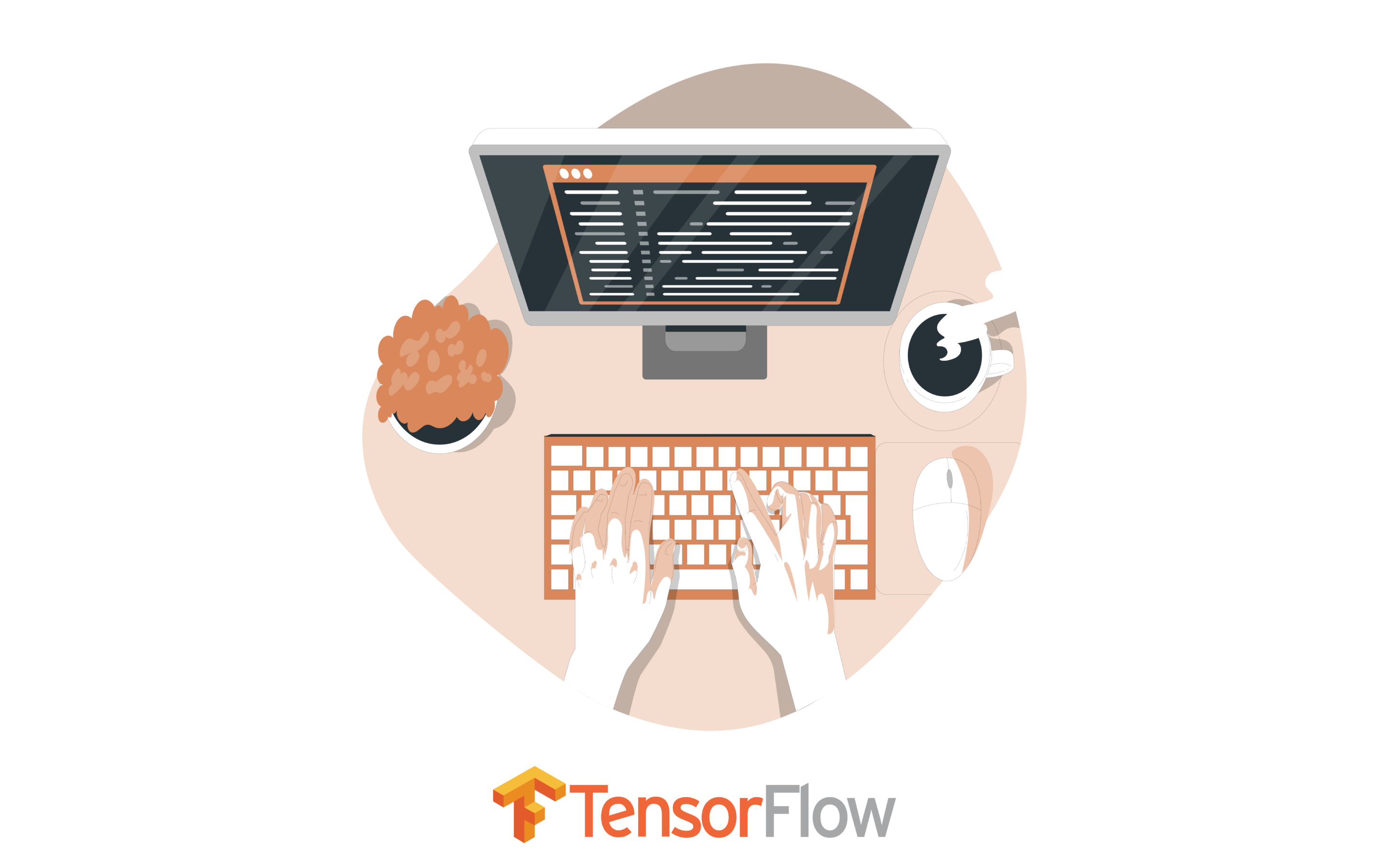





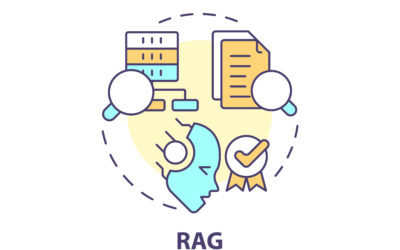
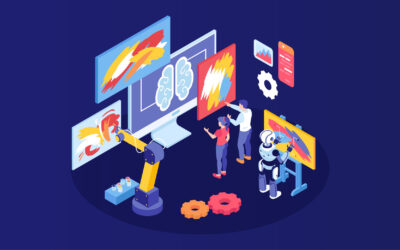
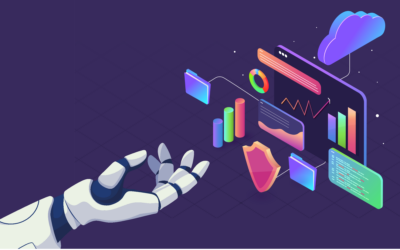
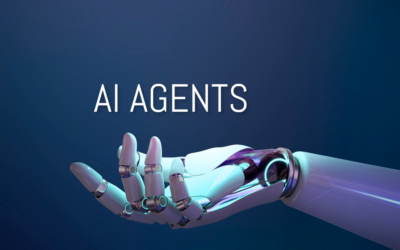

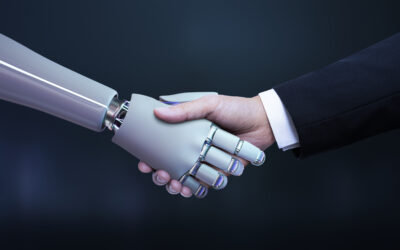
0 Comments